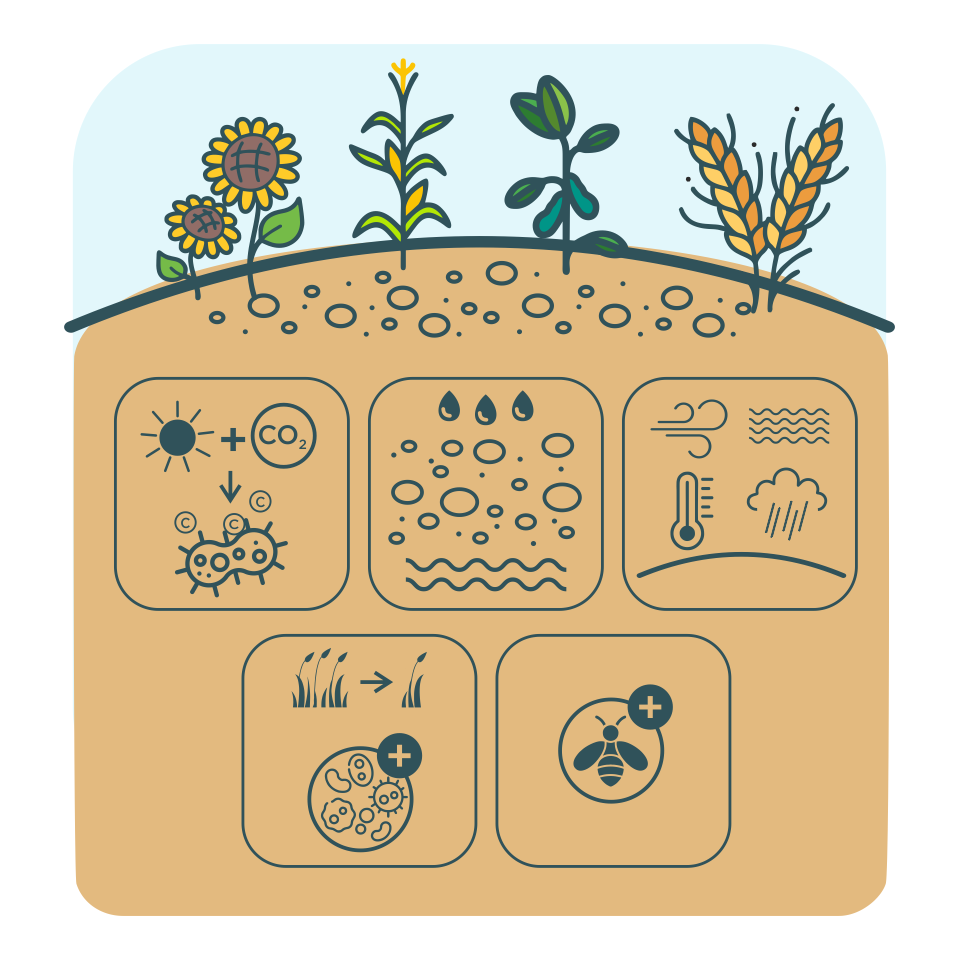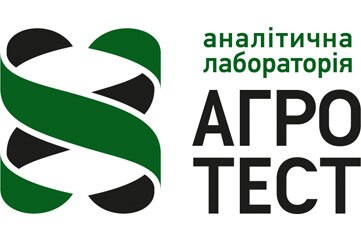The fourth principle of healthy soil: Continuity of living plant/root presence
Perennial grasslands consist of cold-season grasses, warm-season grasses and flowering grasses. This allows the plants to grow during cool autumn and spring weather, as well as during the heat of summer. plants allows the soil microbiology to be nourished by carbon root exudates throughout the growing season.
Perennial pastures are formed from cool-season grasses, warm-season grasses and flowering herbs. This allows the plants to develop during the cool autumn and spring weather, as well as during the summer heat.
The continuous existence of a “living” plant and the active functioning of the root system throughout the growing season allow soil bacteria to provide nutrients.
In traditional crop rotations, annual cold- or warm-season cereals are usually grown, which have a dormant period before planting and/or after harvest.
Cover crops can fill the dormant period and provide missing root excretions, which are the main food source for soil microbes.
Cover crops can solve a number of problems associated with these resources, including
- Accumulation of carbon dioxide and sunlight, which in turn provide carbon to soil microbes;
- Creation of soil aggregates and pore space, which improves water infiltration;
- Covering the soil, which inhibits wind and water erosion, evens out soil temperature and reduces compaction from rainfall;
- Reduced weeds; food, habitat and space for microorganisms;
- Food and habitat for pollinating insects.

This article is based on information kindly provided by Ward Laboratories, Inc.
Write to us
and we will find an opportunity
for cooperation


